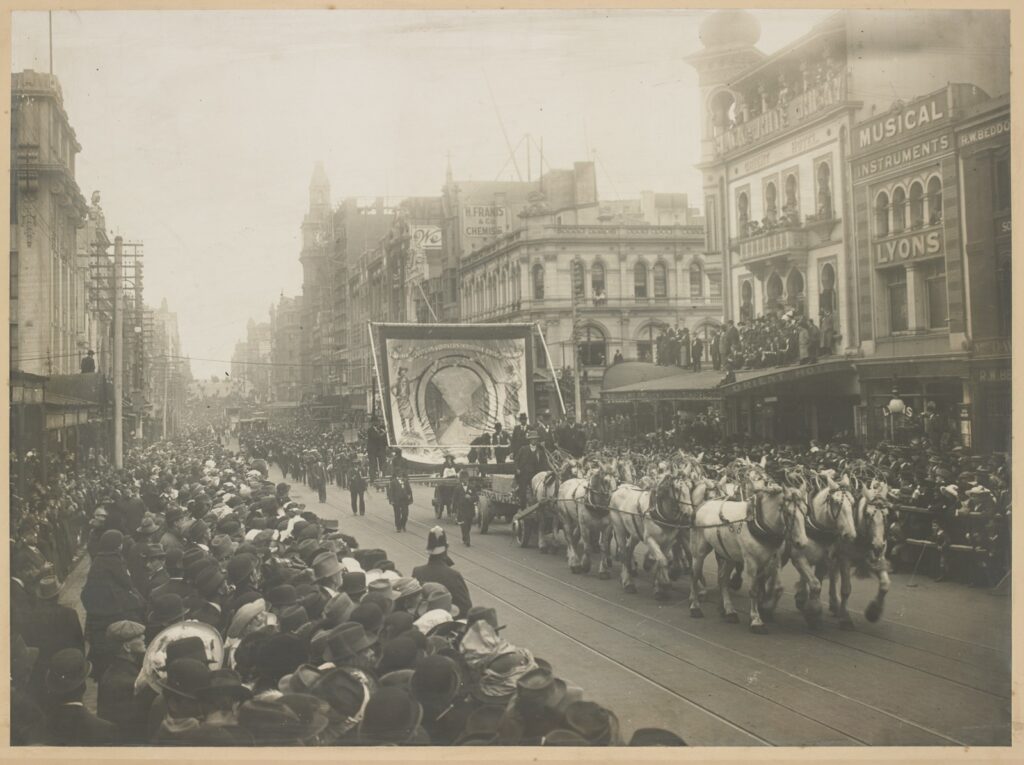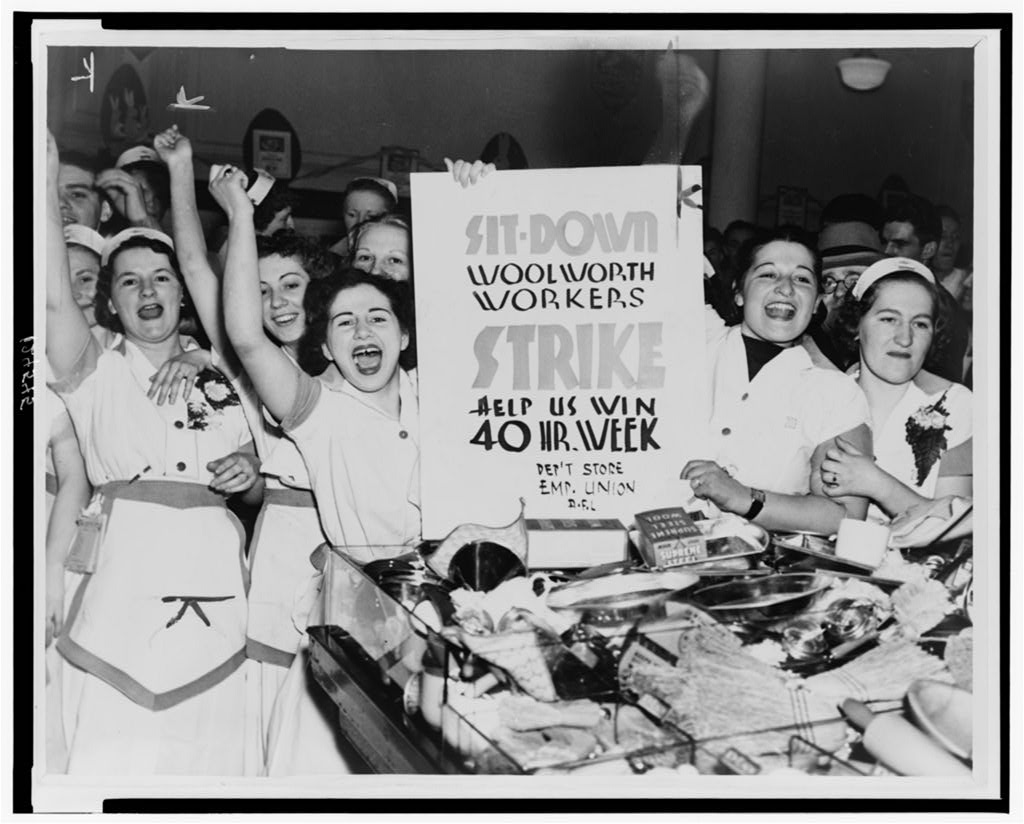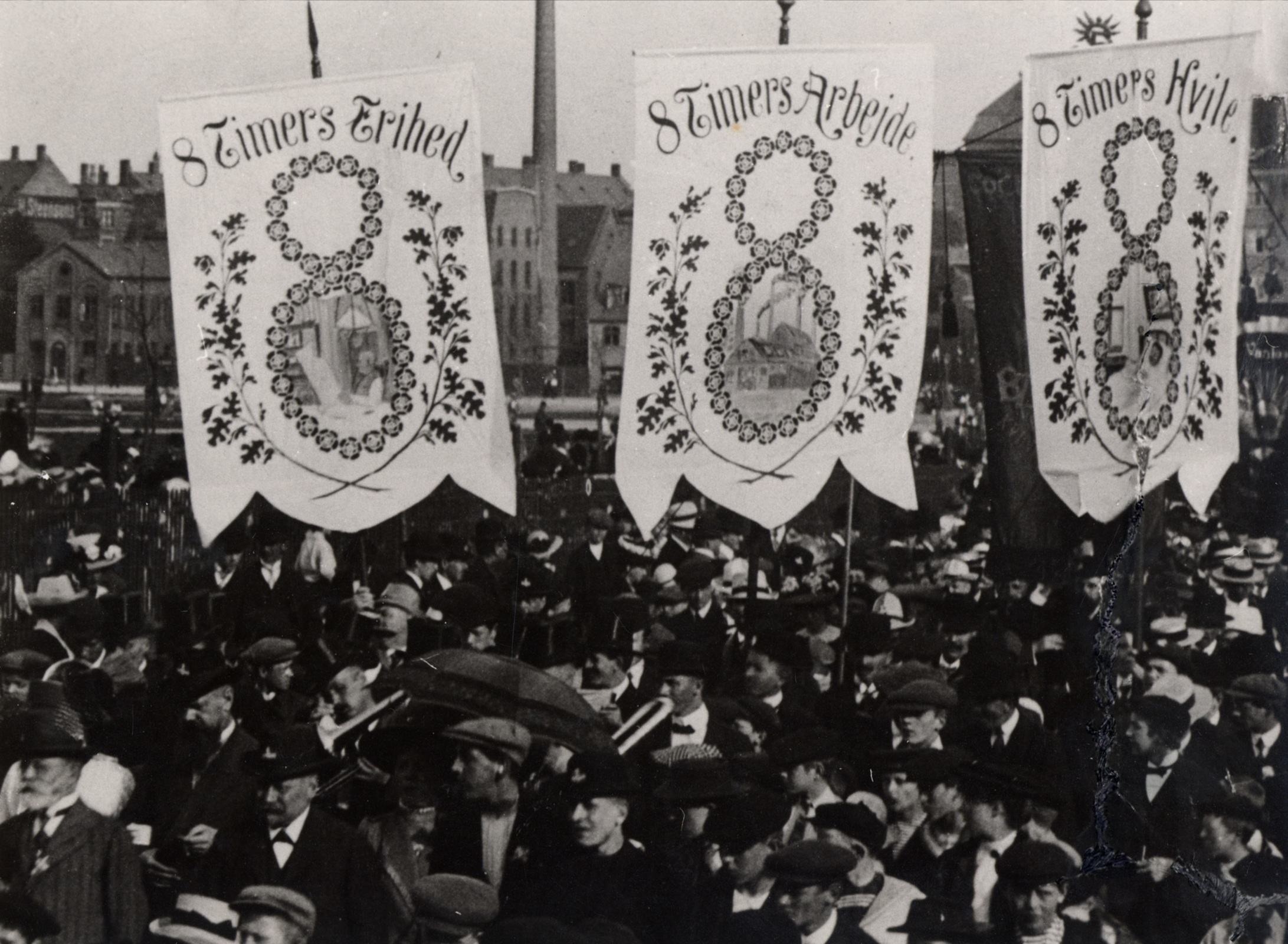What would we do without the weekend? Modern office workers have become so accustomed to a regular five-day workweek — or even a four-day week — we’ve forgotten that the weekend is a fairly recent invention.
In the ancient world, the Roman empire had nundinae, or market days. One Roman writing in the first century CE noted that after working for eight days, farmers paused their labors on the ninth day and came to Rome to sell their produce and to “trade and receive laws.” At nundinae, rulers also took the opportunity to issue their proclamations to the crowds.
In the Han Dynasty in China, from about 202 BCE to 220 CE, officials received one day in every five “for rest and for washing one’s hair” known as hsui-mu. However, rulers in later dynasties reduced it to one day in 10.
In much of Europe, Sunday became the traditional day of rest based on the Ten Commandments of the Christian Bible. In 321 CE, Roman Emperor Constantine, who had converted to Christianity, enshrined Sunday as a day of rest with some exceptions. This continued for centuries as farmers and artisans expected to have one day per week for rest.
“The Sunday holiday was scrupulously observed,” Georges Renard wrote in his classic history “Guilds in the Middle Ages.” Europe’s artisans also tended to quit work a little early on Saturday afternoons and observed some 30 holidays that typically fell on weekdays throughout the year. “It may be safely said that work was less continuous then than nowadays,” Renard concluded. Medieval Europeans did not have a standard workday; sometimes they worked 12 hours during harvests or other busy times of the year, and other days they put in what we would consider half-days. One economist estimates that medieval Europeans worked a few hundred hours less per year than today’s workers in the U.K.
In 1593, what was probably Europe’s first eight-hour work day was introduced via a decree from King Philip II. The law read: “All workers in the fortifications and factories will work eight hours a day, four in the morning and four in the afternoon; the hours will be distributed by engineers according to the most convenient time, to avoid the workers from the heat of the sun.”
In the Islamic world, Jum’ah, or Friday, was designated as a day for special noontime prayers, but the Quran did not include a day of rest. According to Chad Haines, a religious studies scholar, the idea of a weekend that included a day of rest did not become the norm in Muslim countries until it was instituted by European colonial rulers in the 20th century. Then, because Friday was a special day for prayer, that became the day of rest, and eventually the weekend for most modern Muslim nations became Friday and Saturday.
Factories and the 48-hour week
In the 18th century in the U.S., journeymen — workers who ranked higher than apprentices but lower than master craftsmen — were known for observing the Sunday Sabbath, but also sometimes took Monday as a day of rest too. Benjamin Franklin complained, “Saint Monday is kept by our people as Sunday; the only difference is that instead of employing their time cheaply at church they are wasting it expensively at the ale house.”
Early factories continued the tradition of the six-day workweek. At the time, skilled workers had considerable control over their schedules. Many were paid according to how much they produced, on a “piece rate,” so they continued a long-standing tradition of working on Saturdays to earn a decent living. Some iron rollers — craftsmen who rolled bars into thin sheet steel — received their pay envelopes every other Saturday at noon, likely in case they knocked off work early that day. Their six-day workweeks sometimes included long lunches and early quitting times on especially hot days.
Many factory owners were frustrated about their workers’ irregular schedules. They argued that if work wasn’t scheduled on Saturdays, mill hands would fall into immorality and idleness. Mill superintendents and local clergy alike stressed the importance of attending church service on days off and encouraged workers to avoid temptations such as “bad” company and alcohol. By working Saturday and being present for worship on Sunday, reformers believed that they could help factory workers become respectable citizens.
But as the steel industry developed new technologies — such as open-hearth furnaces and continuous rolling mills — industrialists were no longer dependent on highly skilled workers that could set their own schedules. The furnaces had to be run continuously because shutting them down was prohibitively expensive and time consuming. That left mill owners with two choices for daily work schedules: three eight-hour shifts or two 12-hour shifts. In England and Germany, the eight-hour shift was fairly common.
In Pittsburgh in the 1880s, the steelworkers union negotiated for three eight-hour shifts, but when industrialist Andrew Carnegie’s company broke the union in the infamous Homestead Strike of 1892, his company imposed two 12-hour shifts. By the early 1900s, nearly all of Carnegie’s steelworkers were on 12-hour shifts, and, worse yet, they worked six days one week and seven days the next.
After observing Pittsburgh’s steelworkers for a full year, researcher John Fitch wrote, “Adding to and intensifying the evils of Sunday work is the ‘long turn’ of 24 hours that comes every second week.” Every two weeks, workers had to work a long turn so they could get every other Sunday off. In addition to being grueling, the shift switched the workers from day shifts to night shifts every two weeks. “There are only two holidays in the steel industry today, Christmas and the Fourth of July,” Fitch added. “It is a degrading system of work that affords no opportunity for rest.”
Unions had begun campaigning for an eight-hour workday in the 1860s. In the U.S. in 1866, the National Labor Union was founded, and one of its first acts was to pass a resolution calling for an eight-hour workday. The standard for the workday was tied to the overall length of the workweek, which at the time was six days. The movement’s slogan: “Eight hours for work, eight hours for rest, and eight hours for what you will.” But unions lobbied unsuccessfully for the eight-hour day for decades, until in 1916, the U.S. Congress passed a law that set eight hours as the standard for railroad workers.
The movement for an 8-8-8 day had more early success in Australia, where a major stonemasons’ strike in 1856 secured them an eight-hour workday. Most workers in Australia, including women and children, still worked longer hours for less pay until the Eight Hours Act was passed in Victoria and New South Wales in 1916. The Commonwealth Arbitration Court approved a 40-hour, five-day working week for all Australians in 1948.

The 48-hour workweek spreads
At that same time, Mexican revolutionaries were drafting a new constitution. The Mexican Revolution, which started in 1910, was fueled in part by workers rising up against harsh working conditions, often imposed in new factories owned by foreign companies. In Section 123 of the Mexican Constitution of 1917, delegates set a maximum of eight hours of work for a single day and required one day of rest for every six days worked.
In 1918, when the Social Democratic Party of Germany played a central role in forming the Weimar Republic, the government adopted an eight-hour day for its six-day workweek. It was built on an 1891 law that had already outlawed work on Sundays, as well as certain holidays, thereby limiting the workweek to 48 hours. The 1918 law made exceptions in industries that had to run continuously, allowing a worker to put in a 16-hour day once every three weeks as long as they also had two 24-hour days of rest in the same three weeks.
Shortly after the Russian Revolution, Soviet Union officials announced they intended to achieve the shortest workday and workweek. Initially, the 1922 Soviet Labor Code shortened the workweek from six 10-hour days to six eight-hour days. Working 48 hours instead of 60 each week was an improvement over working conditions in many factories in western Europe and the United States at the time. While the new code provided for the state to set a minimum wage, it was not explicitly designed to offset the reduced hours. In 1927, a decree announced a planned transition to the seven-hour day “without reducing wages.” However, at least one study found that the Soviet Union’s repeated efforts to increase production generally conflicted with the goal of shortening the workday and workweek.
Boosting productivity
In the U.S. in the 1920s, a growing number of industrialists were questioning the harsh labor policies of their predecessors — the minimal wages and long hours — that had led to intense conflict and the radicalization of many workers. Several, including Henry Ford, called for labor policies that would encourage greater productivity and company loyalty. In 1914, Henry Ford made headlines with the announcement of Ford Motor’s “Five-Dollar Day,” which doubled the pay rate for the common laborers in the company’s auto plants. The company also adopted the eight-hour workday. Then, in 1926, Ford again made headlines when he announced a five-day workweek.
“Hereafter there will be no more work with us on Saturdays and Sundays,” Ford declared. “These will be free days, but the men, according to merit, will receive the same pay equivalent as for a full six-day week.”
This was part of Ford’s belief that if industries used mass production techniques — like Ford Motor’s moving assembly line — they needed to exist in mass-consumption societies. When he announced the five-dollar day, Ford explained that workers needed to be able to afford the products they labored to produce. He made a similar pronouncement with his five-day week.
“The short week is bound to come, because without it the country will not be able to absorb its production and stay prosperous,” Ford told the magazine “World’s Work” in 1926. “Well-managed business pays high wages and sells at low prices. Its workmen have the leisure to enjoy life and the wherewithal with which to finance that enjoyment.”
In 1933, in the depths of the Great Depression, American voters elected Franklin Roosevelt as president, and he promoted experimental measures to spark the nation’s economy. The newly created National Recovery Administration was tasked by Congress with convening representatives from each industry to work on a code that would “establish by mutual agreement, the standards as to the maximum hours of labor, minimum rates of pay, and such other conditions of employment as may be necessary.” Many of those codes included adoption of the 40-hour workweek.
The Supreme Court declared part of the National Industrial Recovery Act of 1933 unconstitutional because of price-fixing issues, but the precedent had been established. In 1938, Congress passed the Fair Labor Standards Act, which set the maximum workweek first at 44 hours and then at 40 hours two years later. If workers exceeded the maximum hours for the week, they were to be paid 150% of their normal hourly rate — or “time and a half.” This time, the Supreme Court — with a different composition of justices — upheld the law.

A four-day workweek?
Experiments with the ideal workweek continued throughout the 20th century. In the 1930s in the Soviet Union, the government further reduced the workweek to six seven-hour days but then returned to eight-hour days in the leadup to World War II. During the late 1950s, Nikita Khrushchev announced the 46-hour week followed in 1960 by the 41-hour week, which included five seven-hour days plus six hours on Saturday.
While a 40-hour workweek remains elusive for many, the two-day weekend is now practically sacred. And some European nations are experimenting with even shorter workweeks. Belgium, Iceland and the U.K. have all piloted a shorter workweek, and recently, French Prime Minister Gabriel Attal announced a plan to put the nation’s workforce on a four-day workweek. For France this has much to do with the 12% of children whose parents are divorced and switch custody every week, requiring more flexibility in their work schedules.
But a new study found perhaps an even more compelling reason to reduce the workweek: Saving the planet. Researchers at the University of Massachusetts, Amherst believe that working one fewer day per week could cut humanity’s carbon footprint by 30%, mostly by reducing commuting. Undoubtedly, climate conscious policymakers around the world will be closely watching France’s experience with the four-day workweek to see if it can be adopted in other countries.
Read more
Sign up to keep up to date with ReThink Q.







